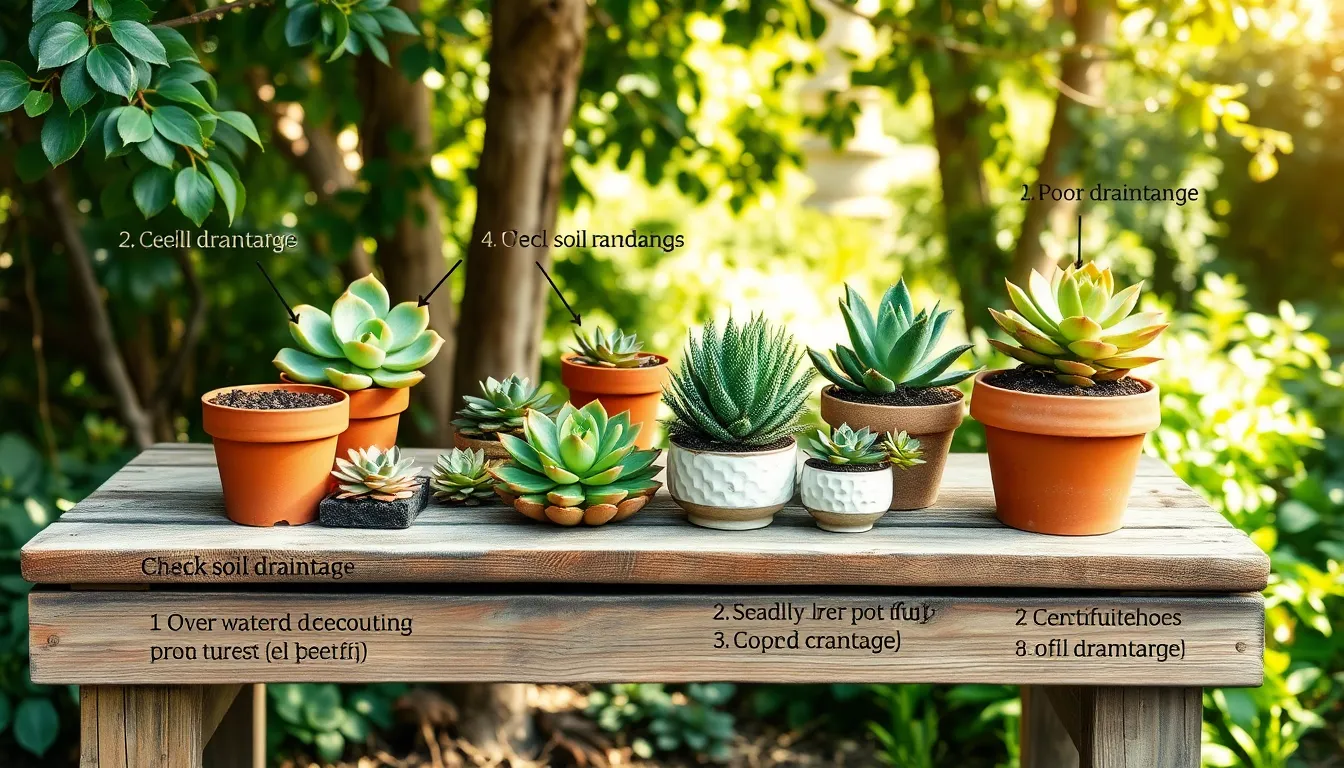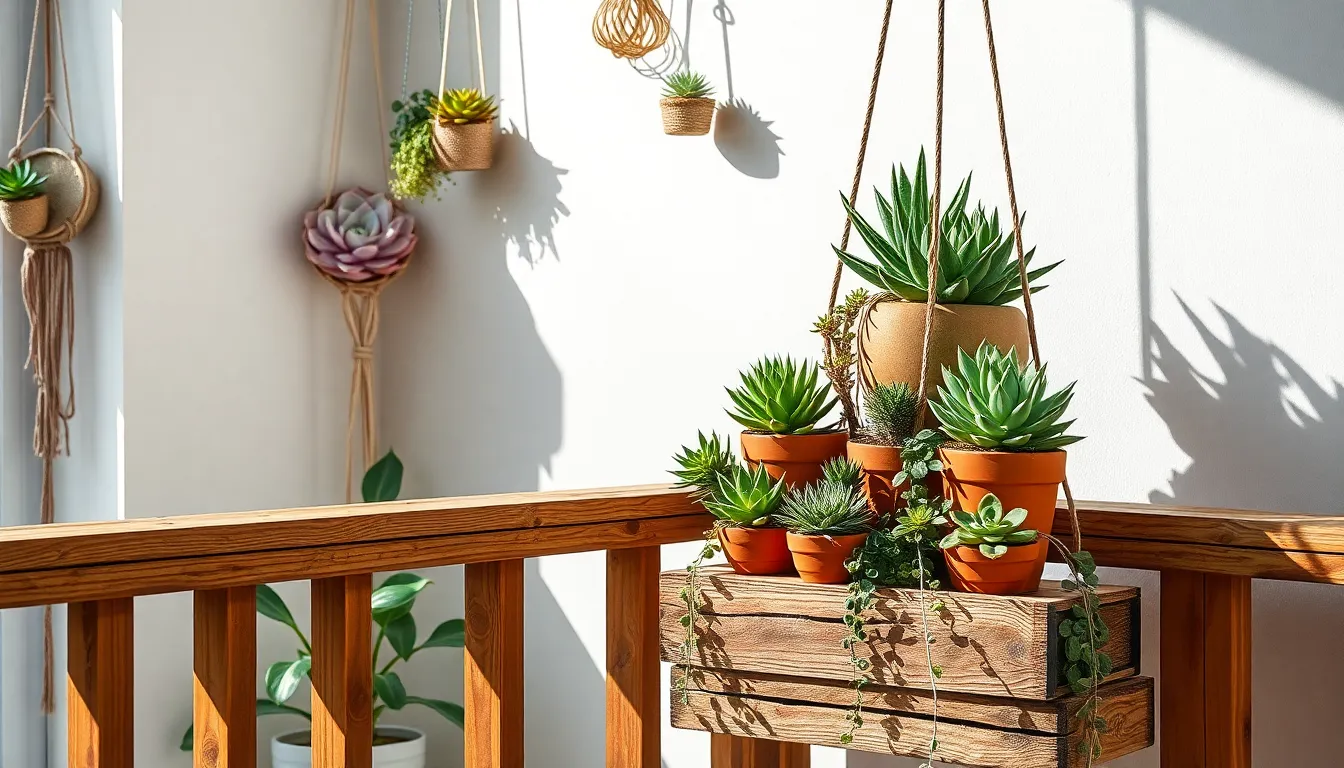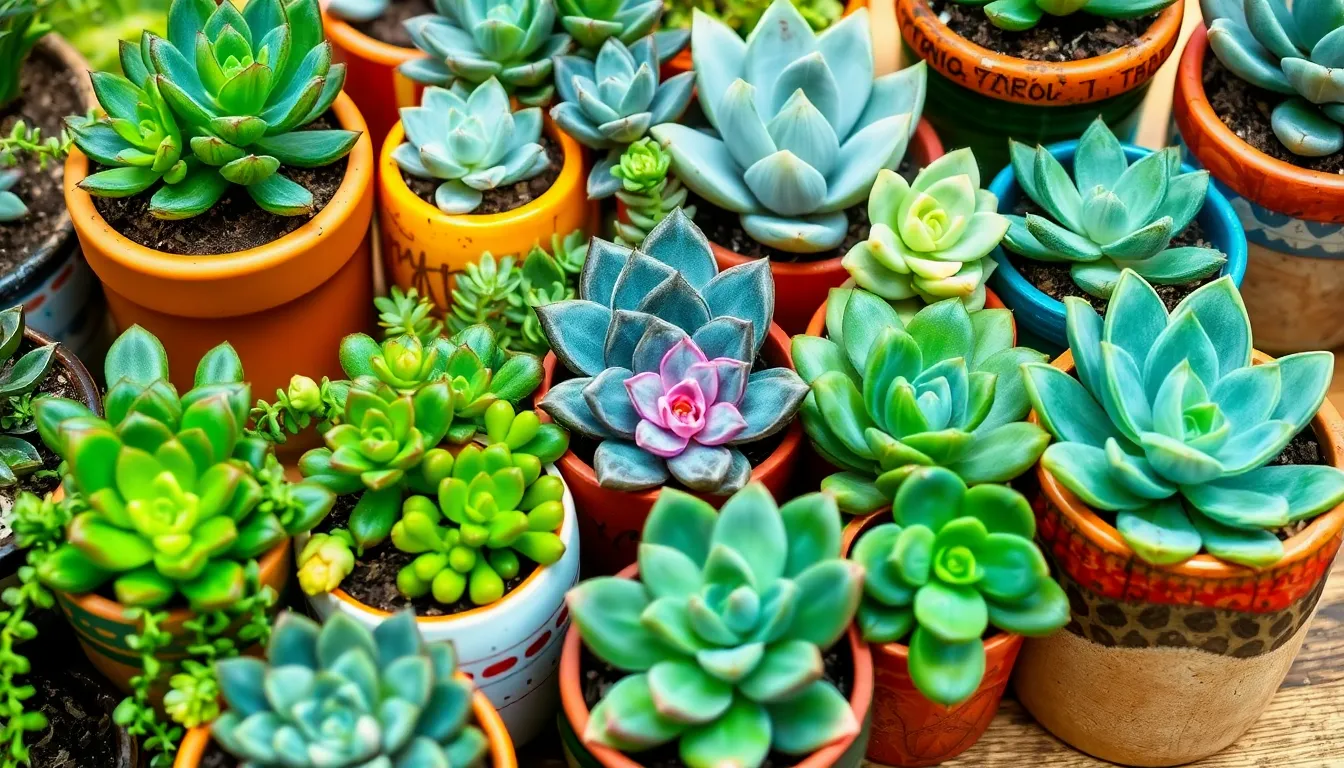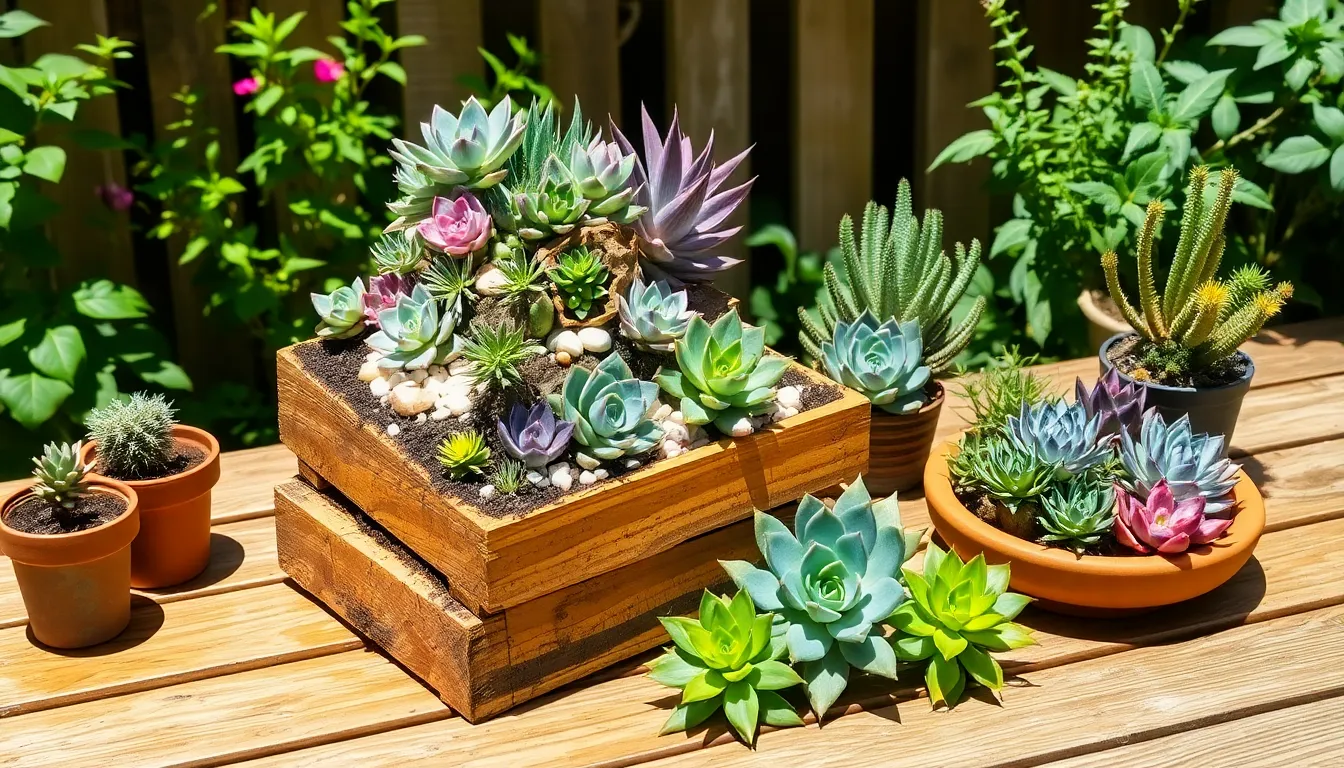Succulents, with their charming, fleshy leaves and remarkable resilience, have captured the hearts of gardeners everywhere, from city dwellers with tiny windowsills to those with sprawling backyard gardens. Whether you’re just beginning your green-thumb journey or have been nurturing plants for years, understanding the nuances of succulent care can elevate your gardening game and fill your space with vibrant, thriving plants. These fascinating plants may seem easy to care for, but they come with their own set of challenges that can baffle even the most seasoned gardener.
Delving into the world of succulents, you’ll find that small missteps in their care can make a significant difference in their health and beauty. In this article, we will explore the seven most common pitfalls that can lead your succulents astray and reveal the simple strategies to avoid them. From choosing the right soil to mastering the art of watering, we’ll guide you with practical, actionable advice designed to help your succulents flourish. With these insights, you’ll cultivate not just a collection of plants, but a thriving, personal oasis that brings joy and tranquility to your home.
Overwatering and Root Rot
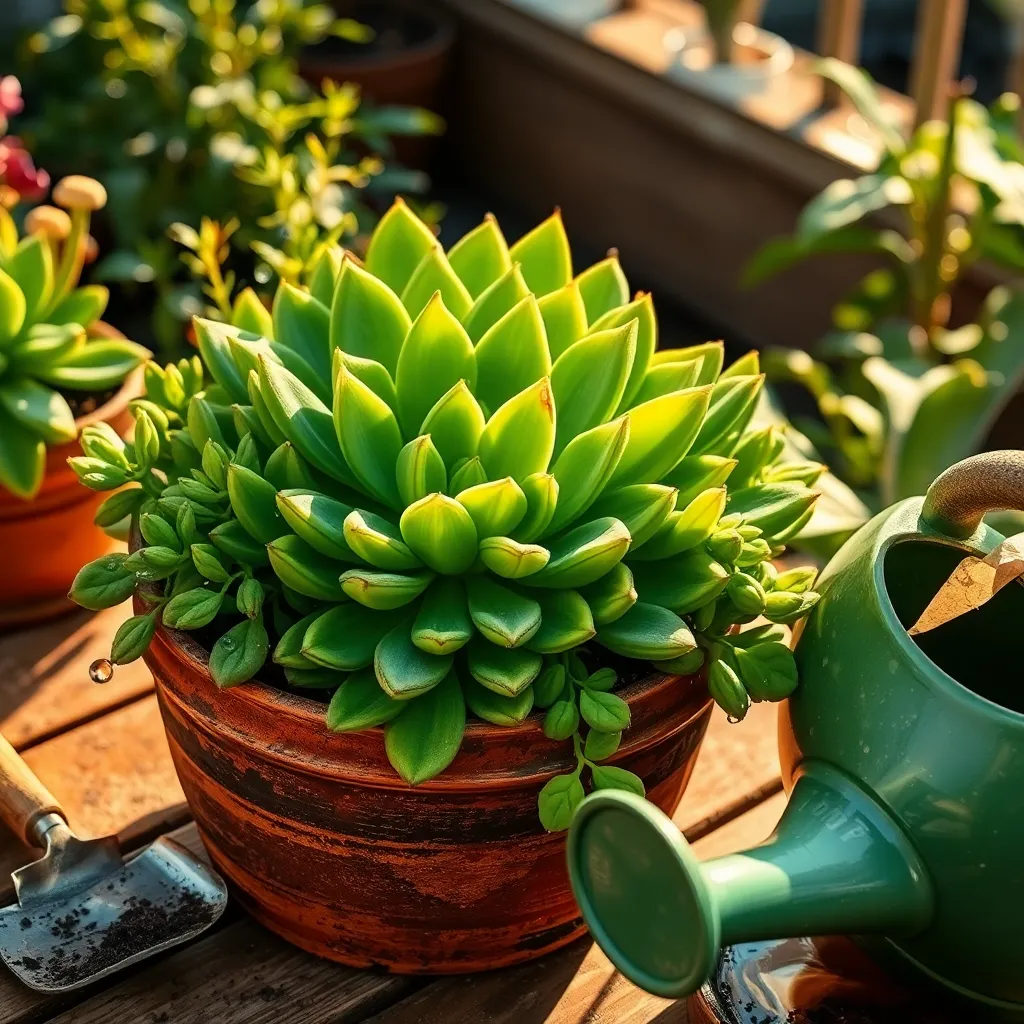
Overwatering is one of the most common mistakes gardeners make when caring for succulents. Succulents are adept at storing water, meaning they thrive on less frequent watering. To prevent overwatering, allow the soil to dry out completely between waterings. Insert your finger about an inch into the soil; if it feels dry, it’s time to water.
Choosing the right soil is crucial in preventing root rot, a common consequence of overwatering. Use a well-draining cactus or succulent mix that contains materials like sand, perlite, or pumice. This type of soil ensures that excess water can drain away quickly, preventing water from sitting at the roots. Repotting succulents in the right soil can be a game-changer for their health and longevity.
Advanced gardeners might consider elevating their succulents slightly using a pot with legs or a raised platform to enhance airflow around the roots. Good airflow helps dry out the soil faster and reduces the risk of fungal infections. Water succulents in the morning to allow any excess moisture to evaporate during the day. This practice helps keep the plant and its environment healthy.
Finally, pay attention to the signs of overwatering, such as yellowing leaves or a mushy base. If you notice these symptoms, reduce watering immediately and let the soil dry out. Propagate healthy leaves or cuttings if the plant is too far gone, providing a fresh start free from root rot issues. This proactive approach ensures your succulent collection remains vibrant and thriving.
Insufficient Sunlight Exposure
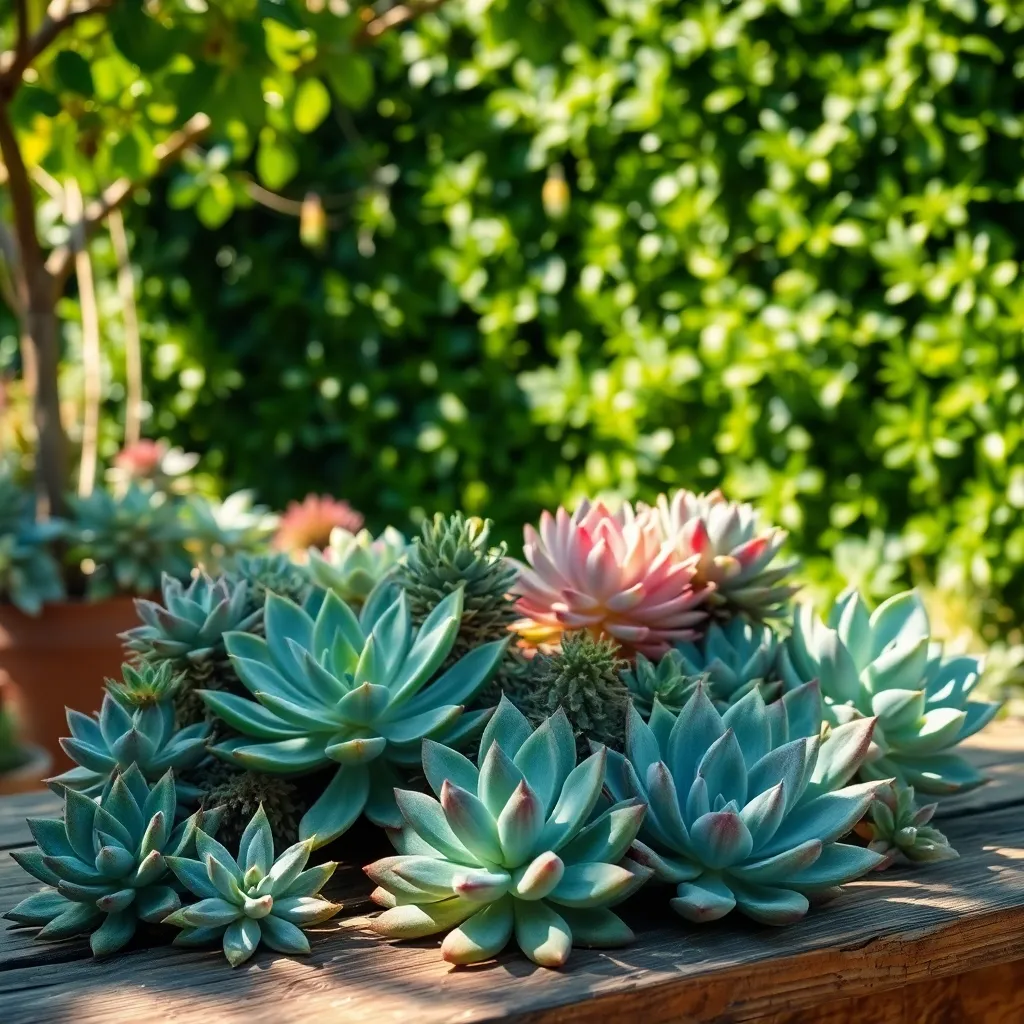
Many succulent enthusiasts underestimate the importance of adequate sunlight, which is crucial for these sun-loving plants. Succulents thrive when exposed to bright, indirect light for at least six hours a day, and a lack of sunlight can lead to leggy growth and dull colors.
To ensure your succulents receive the right amount of light, place them in a south-facing window or use grow lights if natural light is insufficient. If your succulent begins to stretch or lose its vibrant hue, this is a sign that it’s not getting enough light, and you should consider adjusting its location.
For gardeners living in areas with limited sunlight, investing in full-spectrum grow lights can provide the necessary energy for healthy growth. Position the grow lights about 6-12 inches above your plants and leave them on for about 12-14 hours a day to mimic natural sunlight conditions.
Additionally, rotating your succulents every few days will ensure even exposure to light and prevent leaning. Remember that while succulents love the sun, they can also suffer from sunburn, so it’s important to acclimate them gradually to increased light levels, especially during the transition from indoors to outdoors.
Improper Soil Mixture Choice
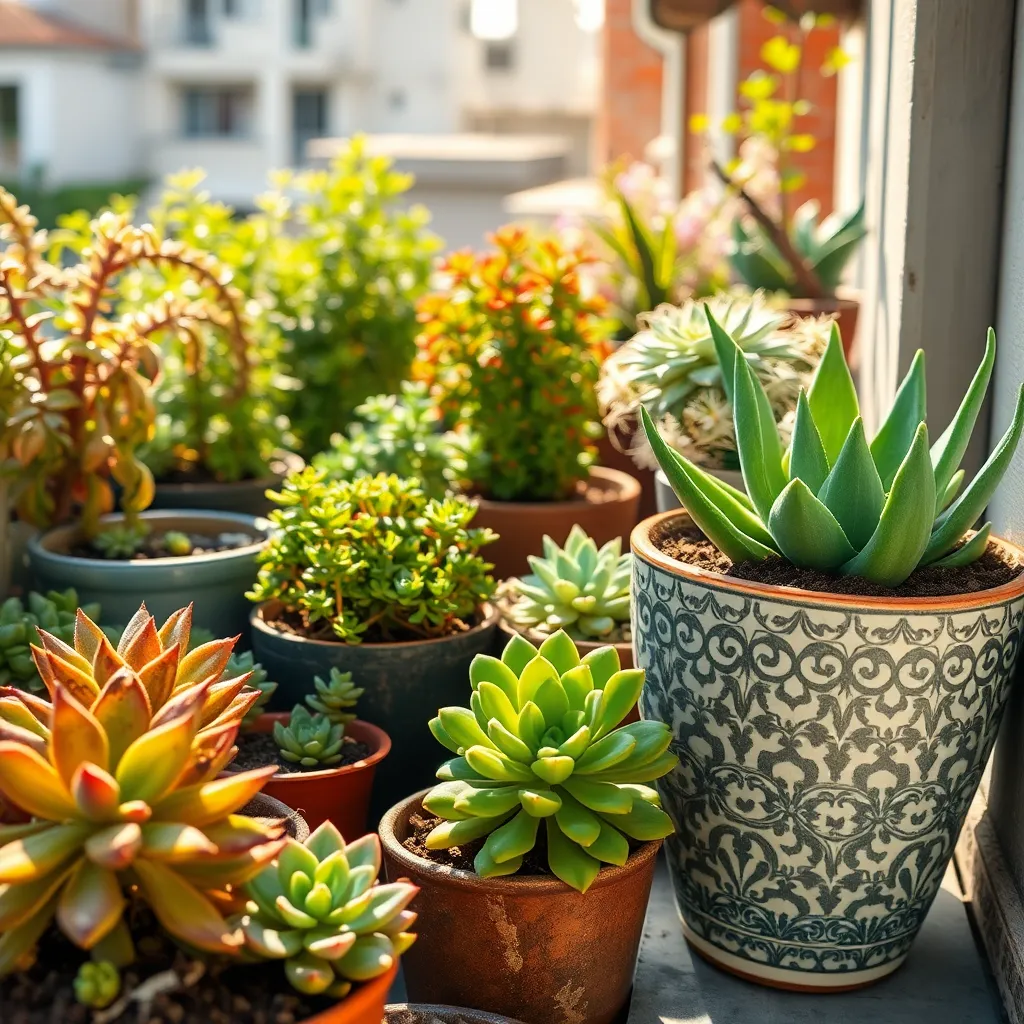
Choosing the wrong soil mixture is a common mistake when growing succulents, leading to poor plant health. Succulents need a well-draining soil to prevent water retention, which can cause root rot.
It’s important to use a specialized cactus or succulent soil mix, which is available at most garden centers. These mixes often contain a blend of sand, perlite, and potting soil, creating an ideal environment for succulent growth.
For those who prefer to make their own soil mix, combine two parts of sand with two parts of potting soil and one part of perlite or pumice. This DIY mix ensures the soil remains airy and drains quickly, preventing overwatering issues.
Advanced gardeners may wish to experiment with incorporating materials like crushed granite or coarse sand to further improve drainage. Remember, the key is to mimic the natural arid environments succulents thrive in. By paying attention to soil composition, you’ll be setting your succulents up for success.
Neglecting Drainage Needs
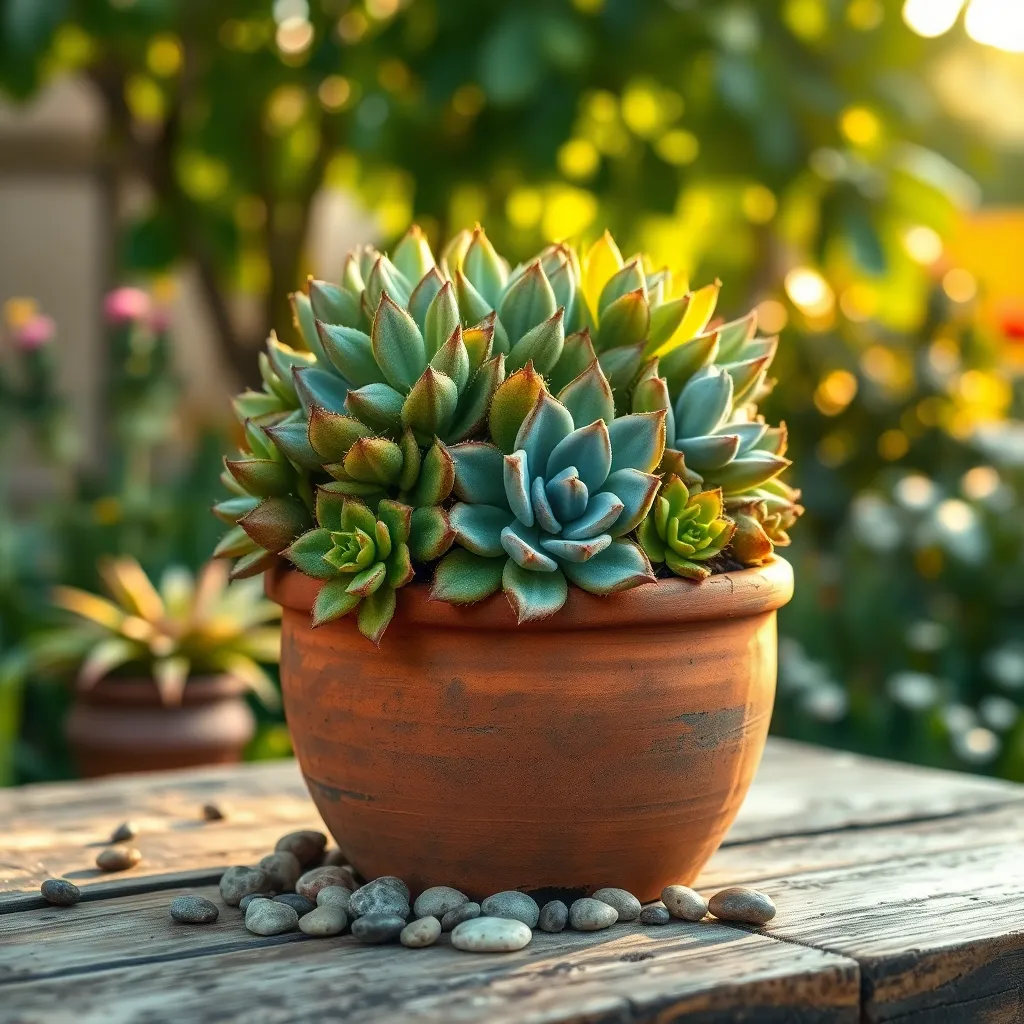
One of the most common mistakes gardeners make with succulents is neglecting their drainage needs. Proper drainage is crucial because succulents are highly susceptible to root rot if water is left to pool around their roots.
To ensure good drainage, always use a pot with a drainage hole at the bottom. This allows excess water to escape, preventing overwatering—a key factor in maintaining succulent health.
Select a soil mix specifically formulated for succulents, which is typically a blend of sand, perlite, and potting soil. Such a mix ensures that water drains quickly, keeping the roots dry and healthy.
For those looking to further refine their technique, consider using a layer of gravel or small stones at the bottom of the pot. This additional layer can enhance drainage and further safeguard against root rot.
Fertilizing Too Frequently
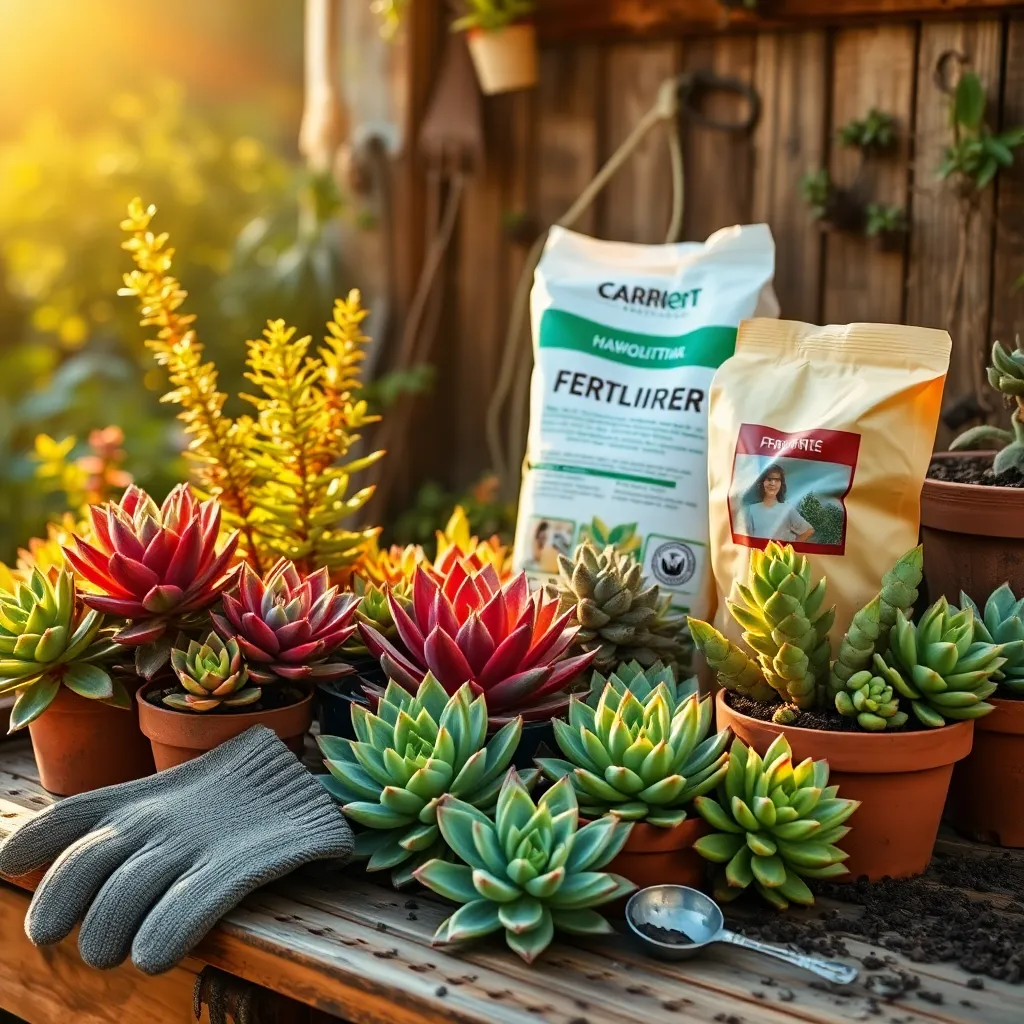
While succulents are known for their resilience, over-fertilizing can be detrimental to their health. These plants naturally thrive in nutrient-poor soils, so it’s essential to resist the urge to fertilize frequently.
For most succulents, a light feeding once or twice a year is sufficient. Use a diluted, balanced fertilizer during the growing season, typically spring and summer, to avoid nutrient burn.
Beginners should focus on using a fertilizer specifically formulated for succulents, which usually contains the right balance of nutrients. Advanced gardeners might experiment with adjusting nutrient ratios slightly, depending on the specific needs of their plants.
It’s crucial to assess the specific needs of your succulent collection, as some varieties might require a bit more attention. However, always ensure that you’re not exceeding recommended amounts, as excess fertilizer can lead to root burn and stunted growth.
Ignoring Temperature Extremes
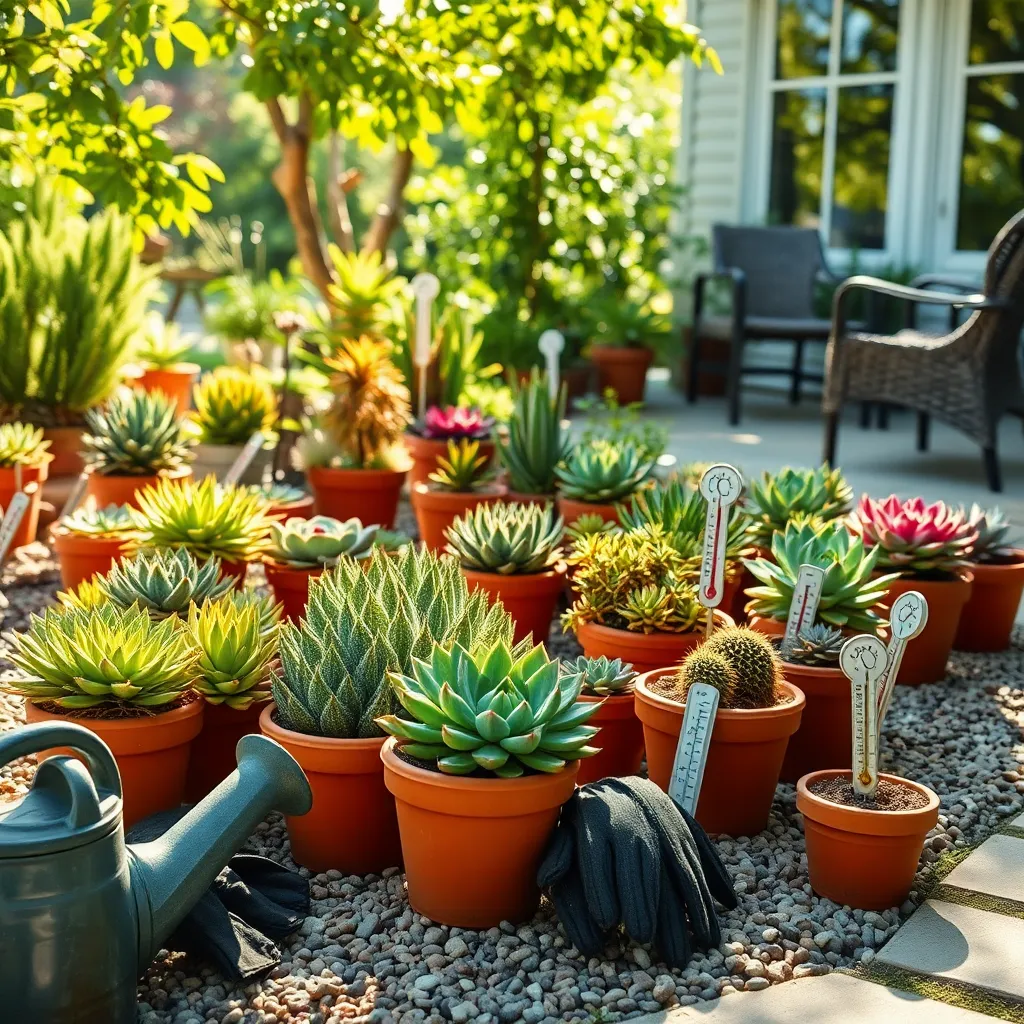
Temperature extremes can be detrimental to succulents, which thrive in stable environments. Avoid exposing your succulents to temperatures below 40°F (4°C) or above 90°F (32°C) to prevent stress and damage to the plants.
During colder months, consider bringing your succulents indoors to protect them from frost. Ensure they receive adequate light by placing them near a south-facing window, or supplement with grow lights if necessary.
In hot climates, provide shade during the peak of summer to prevent sunburn. You can use shade cloths or place the succulents under larger plants or structures to diffuse direct sunlight.
For outdoor succulents, ensure the soil is well-draining to prevent root rot from any unexpected rain. Adding materials like sand or perlite to your soil mix can enhance drainage and keep the roots healthy even during temperature fluctuations.
Crowded Planting Arrangements
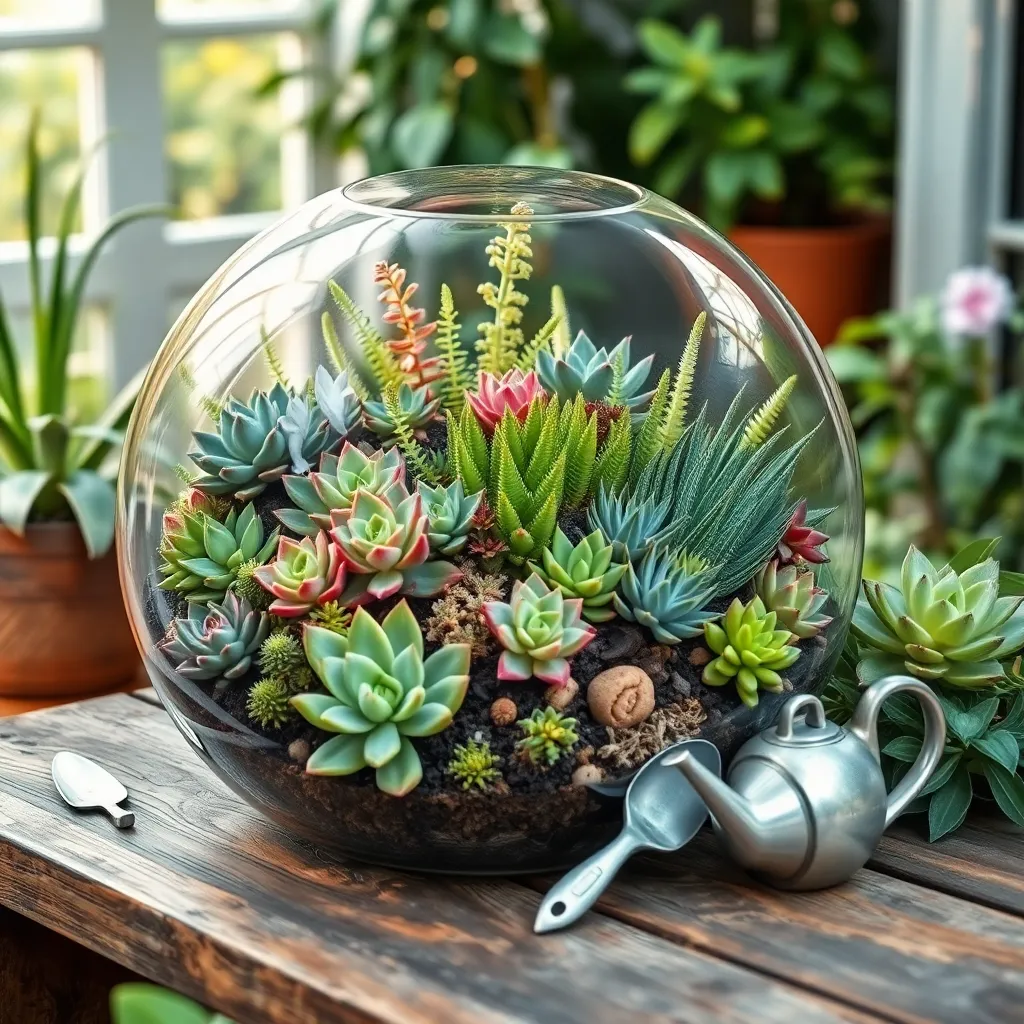
A common mistake many succulent enthusiasts make is planting too many succulents in a confined space. While it might look aesthetically pleasing at first, crowded planting arrangements can hinder the plants’ growth and lead to competition for resources like water and nutrients.
Ensuring each succulent has enough space is essential for healthy development. As a general rule, leave at least a couple of inches between each plant, allowing their roots to spread and their leaves to receive adequate sunlight.
Crowded arrangements can also increase humidity levels, which succulents generally don’t appreciate. To mitigate this, consider placing your succulents in a well-ventilated area and use a coarse, fast-draining soil mix to prevent root rot.
For those looking to create compact arrangements, consider using mini succulents or slow-growing varieties. This way, you can still achieve a dense look without compromising the health of your plants in the long term.
Conclusion: Growing Success with These Plants
In nurturing both succulents and relationships, it’s crucial to avoid common pitfalls: overwatering, neglecting light, using the wrong soil, ignoring pests, overcrowding, neglecting seasonal changes, and lacking patience. These seven insights mirror the relationship dynamics where balance, attention, and understanding are key. As you tend to your succulents, consider this an opportunity to reflect on your personal connections.
An actionable step you can take today is to choose one area in your relationships that might need a little extra care—whether it’s listening more intently or simply spending quality time together. Start small, but start today.
Don’t let the wisdom in this article slip away. Bookmark or save it now, not just as a care guide for your plants, but as a gentle reminder of the parallels between growth in nature and growth in relationships.
Looking forward, remember that nurturing relationships is a journey with rewards as vibrant as a thriving succulent garden. With mindful attention and intentional action, your connections can flourish beautifully. Take these steps, and watch both your plants and relationships blossom into their full potential.

